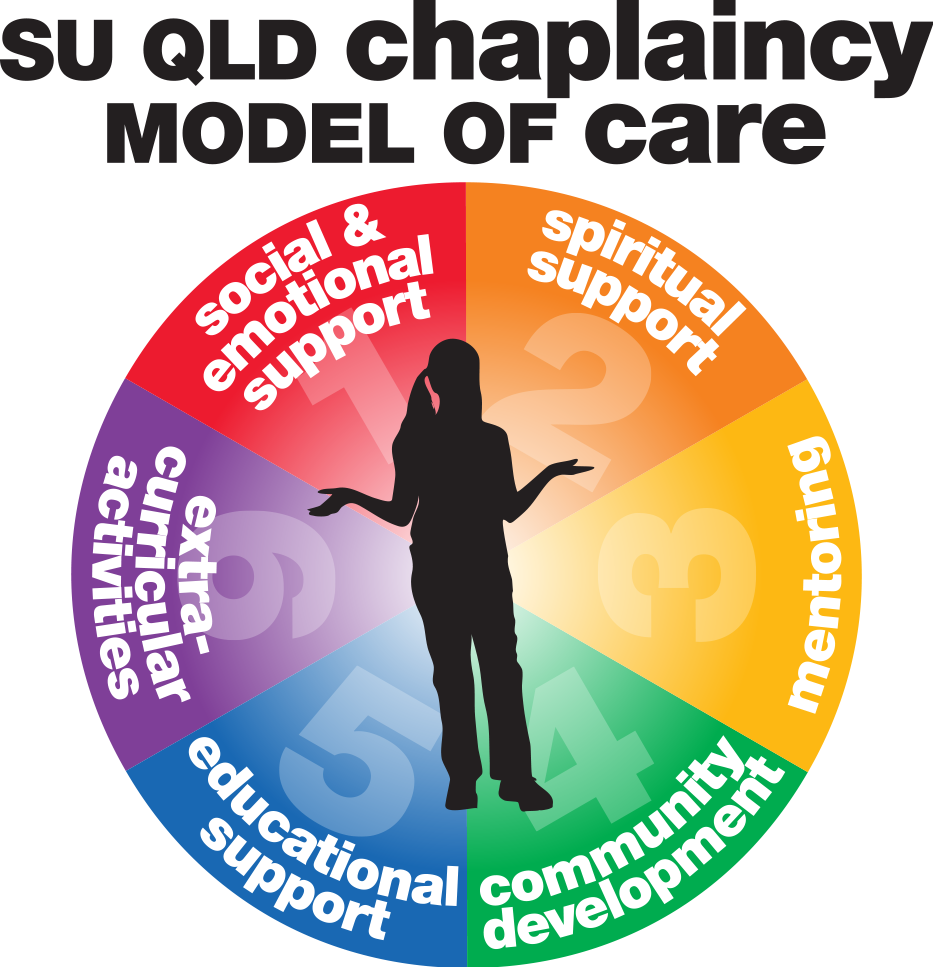“It takes a village to raise a child”…
At the heart of the many definitions and interpretations of this concept is the essential understanding that social networks are valuable. In his book ‘Bowling Alone’, Robert Putman makes the observation that people are happier, healthier, more honest, generous, prosperous and secure when their lives are characterised by trusted relationships and supportive networks (1).
While the most important relationships that children and young people have are with their families and friends, social capital extends beyond these vital relationships into connections with local groups and life within the local community (2). Community factors that promote wellbeing in the lives of children and young people include: engagement with a positive school environment, relationships with adults outside the family who are interested in them, participation in social groups and recreational activities, access to supportive services, and living in a safe neighbourhood with a sense of collective identity. Community factors that hamper the wellbeing of children and young people include: engagement with a negative school environment, social isolation, the lack of social groups, recreational activities and supportive services, and living in a neighbourhood that is unsafe and fragmented (3, 4, 5, 6). Meaningful participation in local community life is expressed in reciprocal relationships where children and young people are active, valued, supported, contributing members of that community. This includes opportunities for ‘having a say’ and being ‘taken seriously’ about their views on decisions that impact upon them. These experiences of belonging, support and respect are the ones that put meaning into the word ‘community’ for children and young people (7).
most important relationships that children and young people have are with their families and friends, social capital extends beyond these vital relationships into connections with local groups and life within the local community (2). Community factors that promote wellbeing in the lives of children and young people include: engagement with a positive school environment, relationships with adults outside the family who are interested in them, participation in social groups and recreational activities, access to supportive services, and living in a safe neighbourhood with a sense of collective identity. Community factors that hamper the wellbeing of children and young people include: engagement with a negative school environment, social isolation, the lack of social groups, recreational activities and supportive services, and living in a neighbourhood that is unsafe and fragmented (3, 4, 5, 6). Meaningful participation in local community life is expressed in reciprocal relationships where children and young people are active, valued, supported, contributing members of that community. This includes opportunities for ‘having a say’ and being ‘taken seriously’ about their views on decisions that impact upon them. These experiences of belonging, support and respect are the ones that put meaning into the word ‘community’ for children and young people (7).
It really does take quality relationships with villagers and the existence of a healthy, functional village to bring out the best in our children and young people. School chaplains are well placed to connect children and young people with positive people and organisations in the community; to contribute to supportive school environments that encourage learning and wellbeing; and to collaborate with others to promote strong communities that are responsive to the needs and goals of young people. They refer students to helpful organisations, liaise with social and recreational groups, arrange for mentors and role models to come into schools, network with local churches and agencies and work with others on collaborative projects of benefits to the community. Through such activities, school chaplains develop the social capital of children and young people and make a valuable contribution to their overall wellbeing.
Reference List
(1) Putman, R. (2000). Bowling Alone: The Collapse and Revival of American Community. Simon & Schuster: New York.
(2) Australian Institute of Health and Welfare. (2012). Australia’s Health 2012. Canberra: Australian Institute of Health and Welfare
(3) Commonwealth Department of Health and Aged Care. (2000). Promotion, Prevention and Early Intervention for Mental Health – A Monograph. Canberra: Commonwealth Department of Health and Aged Care.
(4) U.S. Department of Health and Human Services. (2013). ‘Risk and Protective Factors for Mental, Emotional and Behavioural Disorders Across the Life Cycle.’ Retrieved on June 30, 2014, from http://dhss.alaska.gov/dbh/Documents/Prevention/programs/spfsig/pdfs/IOM_Matrix_8%205x11_FINAL.pdf
(5) Principal’s Australia Institute. (2010). MindMatters. Whole School Matters: A Whole School Approach to Mental Health and Wellbeing. Canberra: Commonwealth Department of Health and Ageing.
(6) Principal’s Australia Institute. (2012). KidsMatter: Mental Health Risk and Protective Factors. Canberra: Commonwealth Department of Health and Ageing.
(7) Australian Research Alliance for Children and Youth. (2012). The Nest Consultation Report. Canberra: Australian Research Alliance for Children and Youth.
